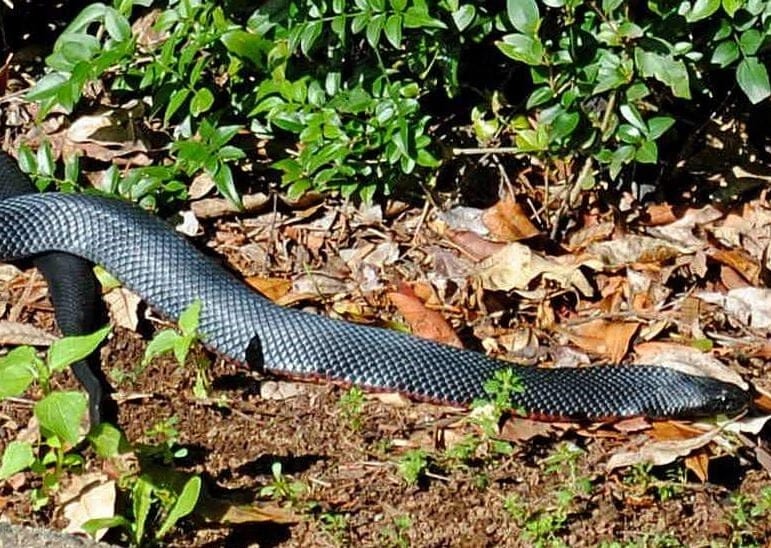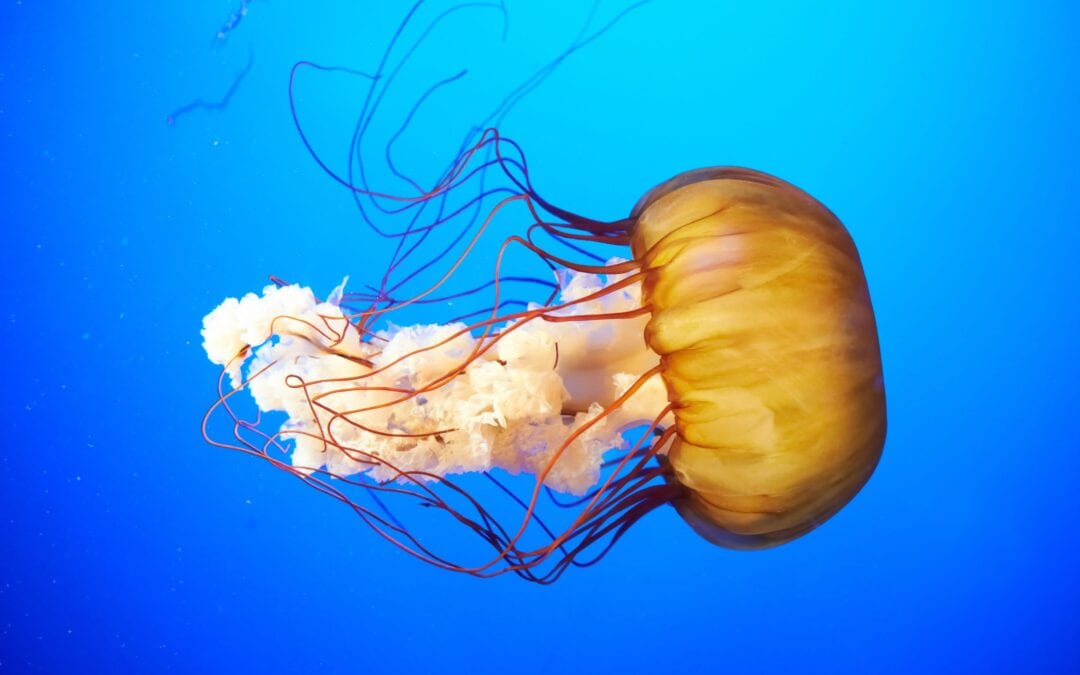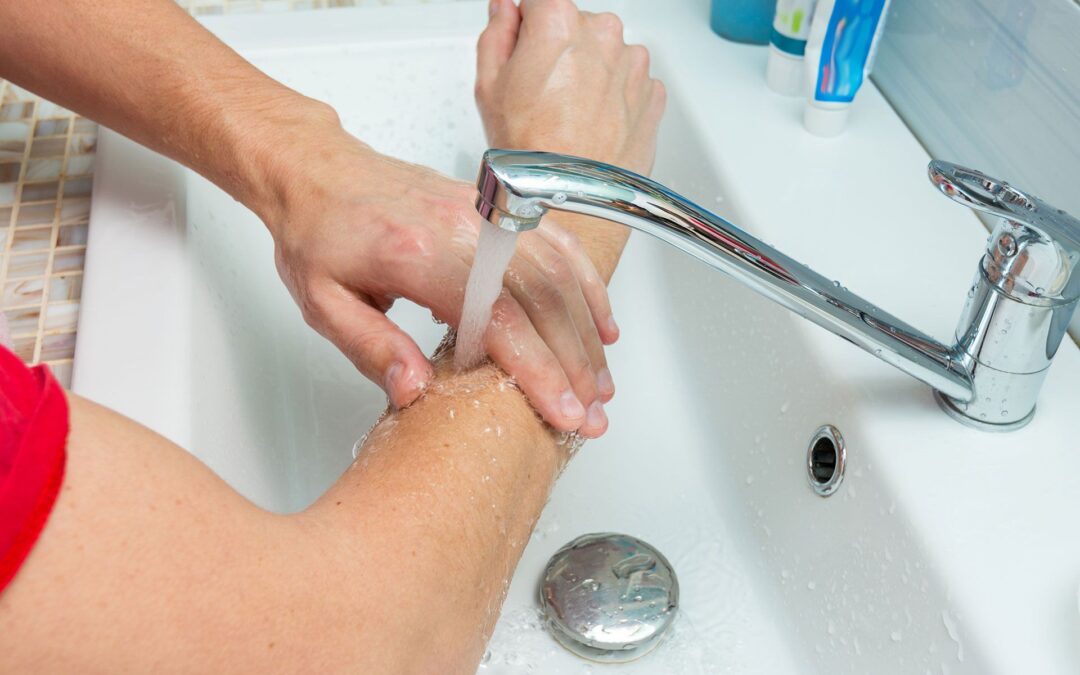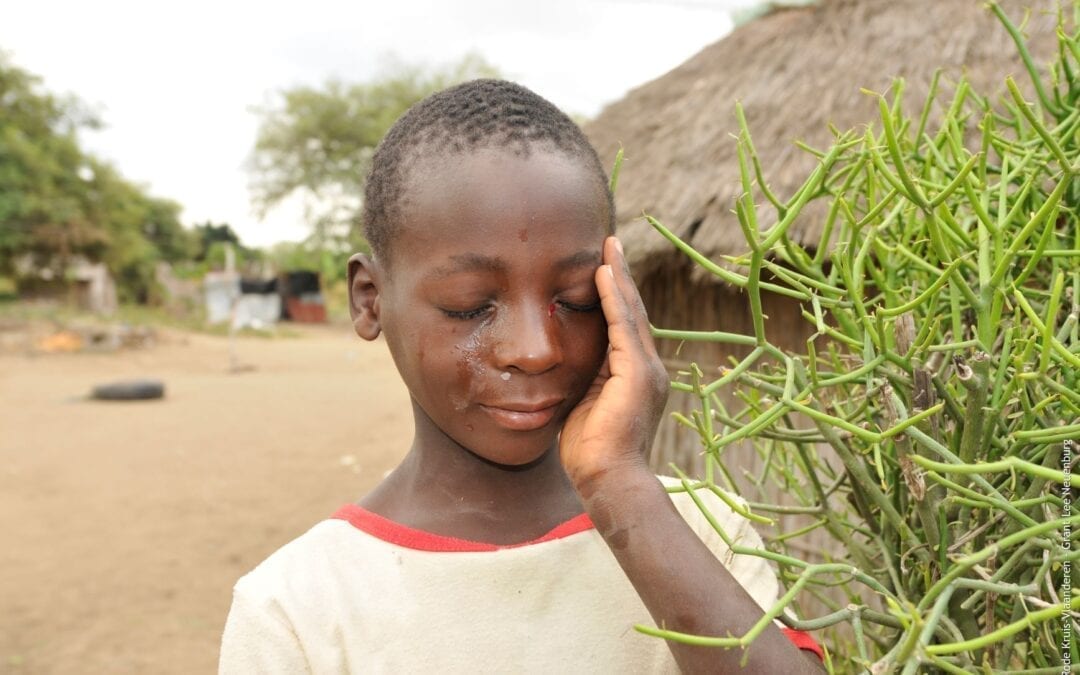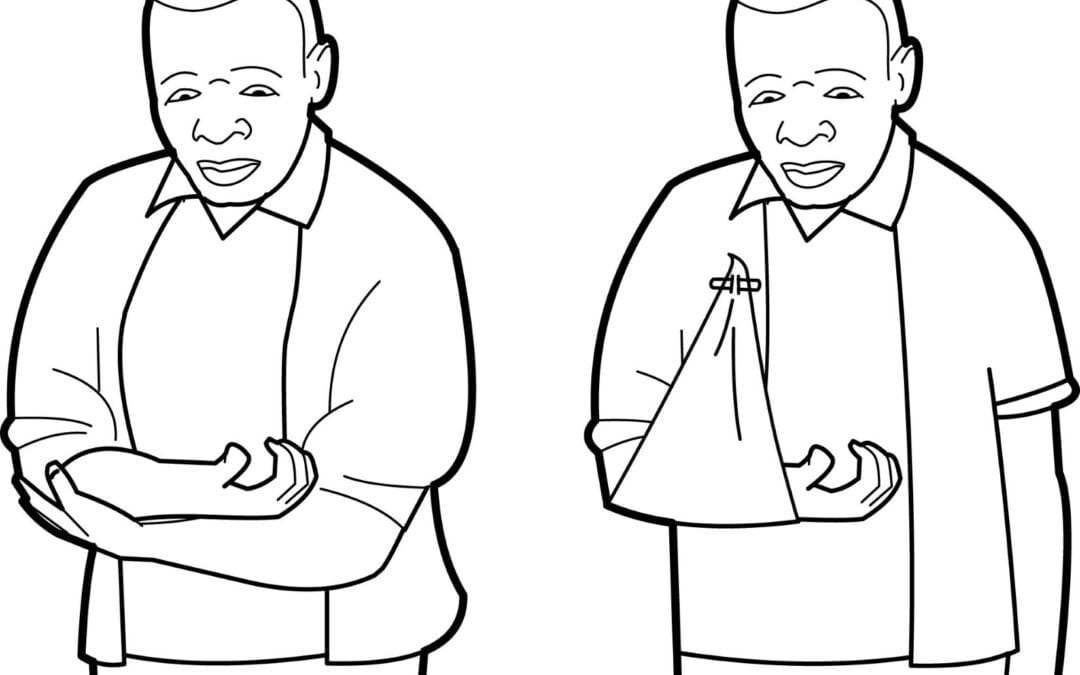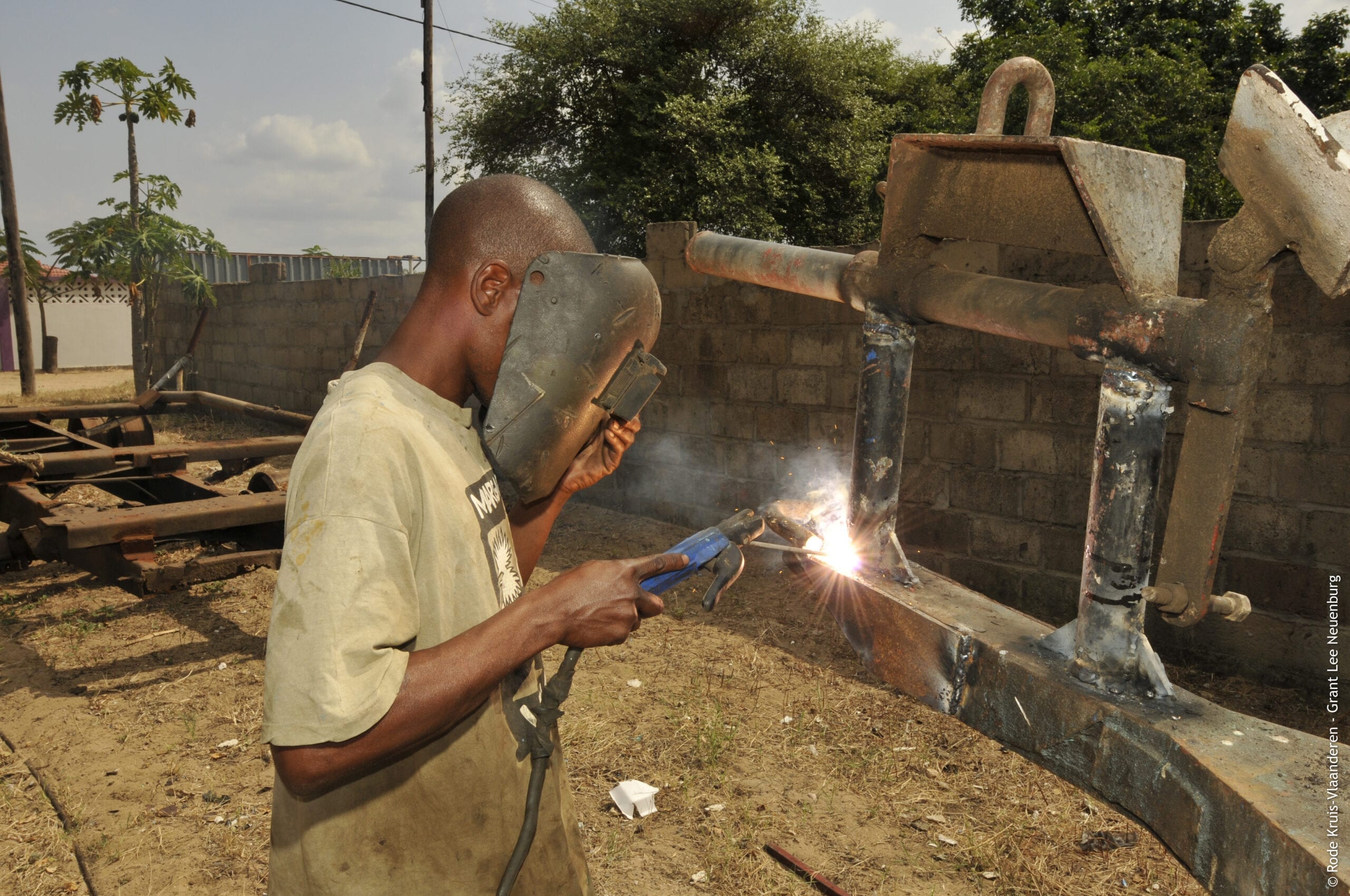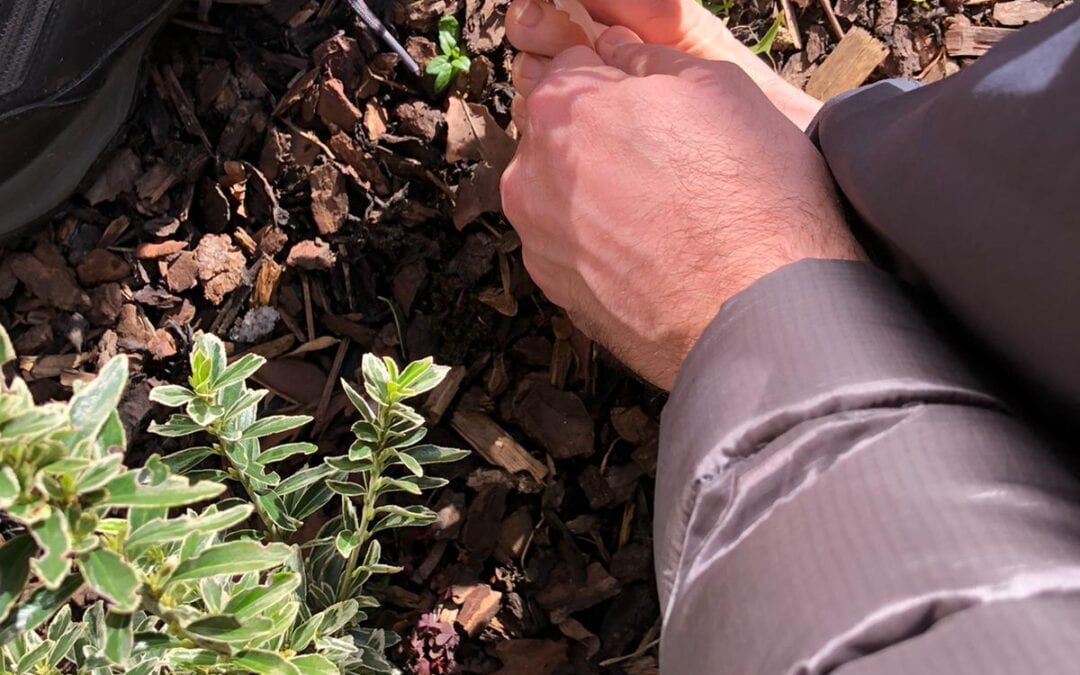Poisoning Quickly try to identify the poison, the amount and when (or how long) the person was exposed to it. Save this page as a PDF Poisoning is when a person is exposed to a substance that can damage their health or endanger their life. Most poisons are swallowed or inhaled; however, they can...
SnakebitesHelp the person keep as still as possible to slow the spread of the venom. Save this page as a PDF Most snakes are harmless to humans, but some are venomous. A venomous snake injects venom through its fangs and the bite can be life-threatening. If possible, identifying the type of snake...
Aquatic animal injuriesRemove any stinging cells from the skin and apply heat to the injury to reduce pain. Save this page as a PDF Aquatic animals include those found in both salt and freshwater. Most are harmless; however, some jellyfish and venomous fish can produce stings that can be painful...
Insect bites or stingsRemove the stinger or insect from the person to prevent the further spread of venom or disease. Save this page as a PDF Insect bites and stings can transmit diseases (such as malaria, encephalitis or Lyme disease) and can cause wounds that can become infected. Certain insect...
Mammal bitesClean the bite wound by rinsing it with clean water as quickly as possible to minimise the risk of infection. Save this page as a PDF Bites from mammals, such as dogs, cats, monkeys, bats and humans, are common and can cause infections. There are 4.5 million people bitten by dogs every...
Acute lower back pain Help the person take the recommended dose of painkiller or apply heat wrap therapy to relieve back pain. Save this page as a PDF Lower back pain is common, and many adults experience it at some point in their lives. Common causes of back pain include...
Head injuryRemove the person from their activity and observe them for signs of a concussion or other brain injury. Save this page as a PDF Head injuries are common across all age groups, but particularly in young children, sportspeople, and older adults. They can range from being minor (requiring...
Spinal injuryHelp the person to keep as still as possible to prevent further damage to their spine. Save this page as a PDF Spinal injuries can be caused by falling or diving from a height, being crushed by machinery or a heavy object, or being involved in road traffic collisions or sporting...
Fractures, sprains and strains Keep the injury still to reduce pain. Save this page as a PDF Sprains and strains are considered minor injuries, while fractures can range from minor to major. While often not life-threatening, injuries to the extremities (arms, legs, fingers or toes) can lead to...
Flash eyeProtect the eyes and let them rest. Save this page as a PDF Flash eye (also called snow blindness or arc eye), is a painful condition in the eyes caused by overexposure to ultraviolet (UV) light. It is like the cornea (the transparent outer layer of the eye) has a sunburn. Flash eye is...
BurnsCool the burn with running water for at least 10 minutes, ideally 20 minutes. Save this page as a PDF Four of the main causes of burns are heat (fire, steam), chemicals (acid), radiation (radioactive materials, the sun, sunlamps) and electricity. Mild burns in adults generally do not require...
BlisterKeep the blister clean and covered to prevent infection. Save this page as a PDF A friction blister is a small pocket of fluid that forms in the upper layers of skin caused by continuous rubbing or pressure over time. Friction blisters commonly appear on feet during or after walking long...


